Few things are as universally engaging and beneficial in the world of early childhood as music and movement activities for preschoolers.
These activities are not only fun but also serve as powerful tools for cognitive, emotional, and physical development in young kids.
In this post, I’ll explore the myriad benefits of music and movement for preschoolers, explore different types of activities, and provide practical tips for incorporating them into daily routines.
In this post:
- Why Music and Movement Activities Are Essential for Preschoolers
- 25 Best Music and Movement Activities for Preschoolers
- Music and Movement Essentials
- Incorporating Music and Movement into Daily Routines
We get commissions for purchases made through links in this post. As an Amazon Associate, we earn from qualifying purchases.
Why Music and Movement Activities Are Essential for Preschoolers
• Cognitive Development
Music and movement activities are fantastic for enhancing cognitive skills in preschoolers. These activities can improve memory, attention, and pattern recognition, which are fundamental for learning.
- Memory Enhancement: Songs with repetitive lyrics and melodies help kids remember information. For example, the classic “ABC” song aids in memorizing the alphabet.
- Attention and Focus: Engaging in musical activities requires kids to focus on rhythms and sounds, which can enhance their attention span.
- Pattern Recognition: Recognizing and predicting patterns in music can help with mathematical skills. Clapping to a beat or following rhythmic patterns can develop this ability.
• Emotional Development
Music is a universal language that can evoke a wide range of emotions, and engaging with music allows preschoolers to explore and express their feelings.
- Emotional Expression: Music provides an outlet for expressing emotions. kids can express joy, sadness, excitement, or calmness through different types of music and movement.
- Social Skills: Group musical activities teach kids how to work together, share, take turns, and empathize with others. These skills are crucial for emotional and social development.
- Self-Regulation: Music can help kids regulate their emotions. Calming music can soothe a child, while upbeat music can energize and motivate them.
• Physical Development
Movement activities that are paired with music promote physical development by enhancing motor skills, coordination, and body awareness.
- Gross Motor Skills: Dancing, jumping, and other large movements strengthen the major muscle groups and improve overall physical fitness.
- Fine Motor Skills: Playing simple musical instruments like tambourines or maracas helps develop fine motor skills and hand-eye coordination.
- Body Awareness: Moving to music helps kids become more aware of their bodies and how they move through space, which is essential for physical development and coordination.

25 Best Music and Movement Activities for Preschoolers
Here are top music and movement activities that can enrich the lives of preschoolers:
1. Nursery Rhymes
Traditional nursery rhymes like “Twinkle, Twinkle, Little Star” and “Mary Had a Little Lamb” are simple and repetitive, making them perfect for young kids.
Nursery Rhymes for Kids:
- Twinkle, Twinkle, Little Star
- Mary Had a Little Lamb
- Baa Baa Black Sheep
- London Bridge is Falling Down
- Row, Row, Row Your Boat
- Old MacDonald Had a Farm
- Here We Go Round the Mulberry Bush
Mama Nous has a whole album called Rhymes Reimagined that you can listen to for free on YouTube.
2. Action Songs
Songs like “Head, Shoulders, Knees, and Toes” or “If You’re Happy and You Know It” combine singing with physical actions, engaging both mind and body.
Actions Songs for Kids:
- Head, Shoulders, Knees, and Toes
- If You’re Happy and You Know It
- The Wheels on the Bus
- Row, Row, Row Your Boat
- The Hokey Pokey
- The Airplane Song by Laurie Berkner
- Run Baby Run by Casper Babypants
- Shake My Sillies Out by Raffi
- Popcorn Kernels Scarf Song
- Animal Boogie
- Let’s Go To the Zoo
- When I Hear the Music by Nancy Stewart
- Hurry, Hurry, Drive the Firetruck
- Walking, Walking
3. Silly Songs
Fun songs with funny lyrics and sounds, like “The Wheels on the Bus,” can make singing even more enjoyable and engaging.
Silly Songs for Kids:
- Alice the Camel
- The Name of My Frog
- Tooty Ta
- We are the Dinosaurs by Laurie Berkner
- The Goldfish by Laurie Berkner
- If All of the Raindrops
- Icky Sticky Bubble Gum
- Banana Phone by Raffi
Take the time to memorize the songs so you don’t have to rely on the audio and can sing them at a pace that allows you to interact with your kids.
4. Freeze Dance
Play music and have kids dance. When the music stops, they must freeze in place. This game enhances listening skills and self-control.
The instrumental version of Wiggy Wiggles Freeze Dance by Hap Palmer is my favorite freeze dance song. I love how the music shifts to encourage kids to move in various ways.
5. Musical Statues
Similar to Freeze Dance, kids dance to music and must freeze like statues when the music stops. This game encourages quick thinking and balance.
Simply put together a music playlist and pause the music every so often.
6. Parachute Play
Using a large parachute, have kids shake it to the rhythm of the music. This activity promotes teamwork and rhythm.
You can find parachutes as small as 6 feet and as big as 20 feet.
7. Scarf Dancing
Give each child a scarf and let them dance to the music, using the scarf to make flowing movements. Encourage kids to wave their scarves high, low, fast, slow, etc. This activity enhances creativity and motor skills.
Here are my favorite dancing scarves for kids.
8. Instrument Exploration
Provide a variety of simple instruments, such as tambourines, maracas, and drums, for kids to explore and play along with the music.
Instrument exploration can get very loud very quickly and can be too much for some kids. You can mitigate this by having one child play at a time, using shaker eggs, or taking instruments outside.
Here is a great set of musical instruments for preschoolers.
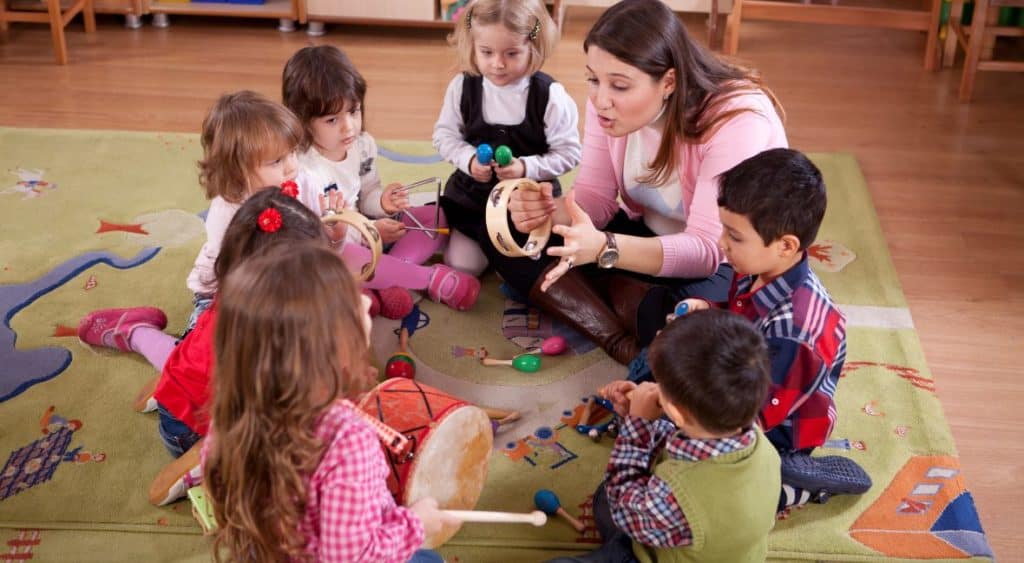
9. Animal Dancing
Play music and have kids dance like different animals (e.g., hopping like a bunny or stomping like an elephant). This encourages imagination and gross motor skills.
You can involve kids even more by asking each child to suggest an animal.
10. Follow the Leader
One child leads the group in dance movements while the others follow. This activity builds leadership skills and physical coordination.
11. Instrument Parade
Have kids march around the room or outdoor area with musical instruments. They can play their instruments while walking, promoting rhythm and coordination.
12. Musical Chairs
Set up chairs in a circle and play music. When the music stops, kids must find a chair to sit in. This game enhances listening skills and quick thinking.
Make sure to reintroduce eliminated kids quickly so they do not lose interest in the game.
13. Lullabies
Sing gentle lullabies to help kids relax and calm down, creating a peaceful atmosphere.
- Here are 25 great lullabies for kids.
I also love the lullabies on Mama Nous’ album Blow a Kiss to the Moon.
14. Move and Groove
Play different genres of music and encourage kids to move in ways that reflect the music (e.g., swaying to classical music, bouncing to pop music). This activity introduces musical diversity and rhythm.
Put together a fun and varied playlist ahead of time and switch between songs.
Listen and Move is a great song to get kids to move in lots of different ways!
15. Dance Party
Simply play some fun music and have a dance party! Let kids dance freely and express themselves. This is a great way to burn off energy and have fun.

16. Bean Bag Boogie
Give each child a bean bag to balance on different parts of their body while dancing to music. This activity improves balance and coordination.
17. Echo Clapping
Clap a rhythm and have the kids echo it back. This activity enhances listening skills and rhythm recognition. Let kids take turns clapping a rhythm for others to repeat.
18. Body Part Dance
Call out different body parts, and kids must move those parts to the music (e.g., “wiggle your fingers,” “stomp your feet”). This helps with body awareness and coordination.
19. Tempo Play
Teach kids about tempo by playing music at different speeds. Have them move fast to fast music and slow to slow music. This helps them understand the concept of tempo in music.
It can be fun to use scarves as kids explore this type of dancing.
20. Shadow Dancing
Play music and use flashlights or lamps to create shadows on the wall. Kids can dance and watch their shadows move, sparking creativity and self-expression.
Kids love getting to be both the flashlight holders and the shadow dancers.
21. Nature Music
Take kids outside and have them create music using natural materials (like sticks, stones, and leaves). This activity connects them with nature and encourages creativity.
22. Rainbow Ribbon Dance
Give each child a ribbon hand kite and have them dance to the music, making rainbow patterns in the air. This enhances motor skills and creativity.
Hand kites are ribbons tied to a small ring that kids can dance with. I love that the ribbons on a ring (instead of on a stick) can’t poke anyone, so I don’t have to worry about anyone getting poked.
You can make your own dancing ribbons by tying ribbons or strips of cloth to curtain rings or buy premade sets of rainbow hand kites.
23. Simon Says Dance
Play a game of “Simon Says” with dance moves. Call out different movements and see who can follow along correctly. This activity improves listening skills and physical coordination. Plus, it’s lots of fun.
- Get kids moving with my massive list of 1001 Simon says ideas!
24. Action Dice
Create dice with different actions on each side (e.g., hop, spin, clap). Roll the dice and have kids perform the actions to the beat of the music. This activity is fun and interactive, promoting movement and rhythm.
25. Call and Response Songs
Songs like “Down by the Bay” or “The Green Grass Grows All Around” where the leader sings a line and the kids repeat it. This activity improves listening, memory, and participation.
Call and Response Songs for Kids:
Music and Movement Essentials
Here’s all you need to make music and movement a natural part of daily life.
• Instruments
Simple instruments are essential for exploring music and movement activities with preschoolers.
I love having shaker eggs as a lower volume musical option. Plus, they’re perfect for practicing rhythm.
Keep instruments accessible to kids. This could be a basket or a low shelf that kids can access independently.
• Dancing Scarves
Play scarves are perfect for all kinds of music and movement activities. Plus, they make a great open-ended toy for lots of other types of play.
• Rainbow Hand Kites
Hand kites are great for encouraging lots of dancing, and unlike ribbons on sticks, you don’t have to worry about kids poking an eye out!
• Portable Speaker
A portable speaker makes it easy to play music throughout the day.
I’ve loved this inexpensive Anker speaker because of its long battery life.
• Open Area for Movement and Dancing
Leave lots of space for kids to move and dance!
• Playlists
Create playlists for different activities and moods. Having a go-to playlist for dancing, calming down, or transitions can make it easier to incorporate music throughout the day.
Incorporating Music and Movement into Daily Routines
Integrating music and movement into daily routines doesn’t have to be complicated.
Here are some practical tips:
• Morning Routine
Start the day with a musical wake-up. Singing a cheerful song or playing some upbeat music can set a positive tone for the day.
• Transition Times
Use music to signal transitions between activities. For example, a specific song can indicate that it’s time to clean up, while another song can signal nap time.
• Outdoor Play
Bring music outside! Dance and movement activities can be even more fun in the fresh air. Consider playing musical games during outdoor playtime.
• Storytime
Incorporate songs and movements into storytime. Sing songs related to the story or use instruments to create sound effects.
• Calm Down Time
Soothing music can be an effective tool for calming kids down after a busy day. Gentle lullabies or calming classical music can create a peaceful atmosphere.
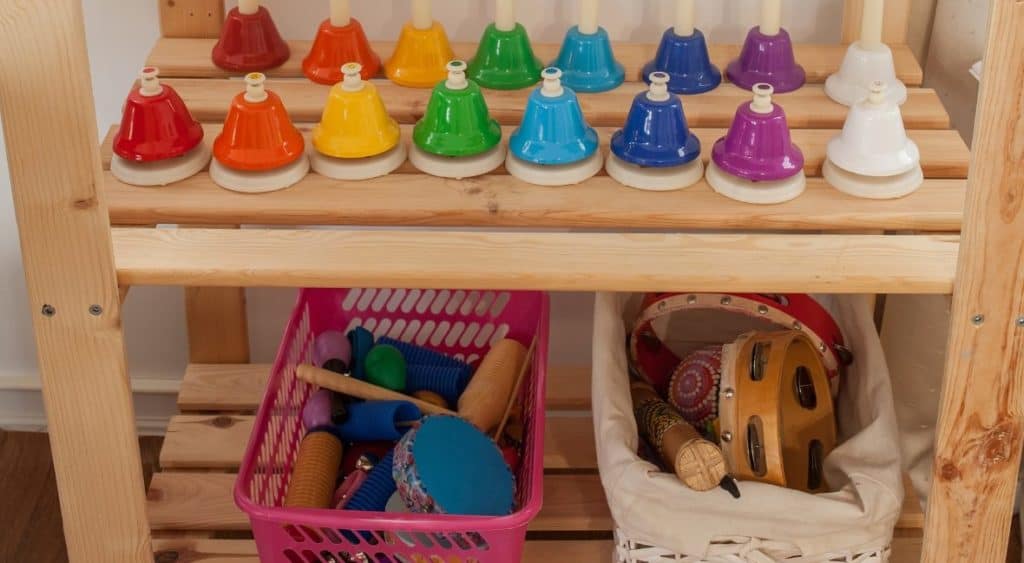
Final Thoughts
Music and movement activities for preschoolers are invaluable tools in early childhood education. They support cognitive, emotional, and physical development, and they’re fun for both kids and adults.
The magic of music and movement lies in its ability to bring joy, creativity, and growth into the lives of young kids. Whether through singing a simple song, dancing to a lively tune, or playing a homemade instrument, the possibilities are endless.
By dedicating time and effort to music and movement activities, we can help shape well-rounded, happy, and healthy kids. So, let’s sing, dance, and play our way to a brighter future for our little ones!








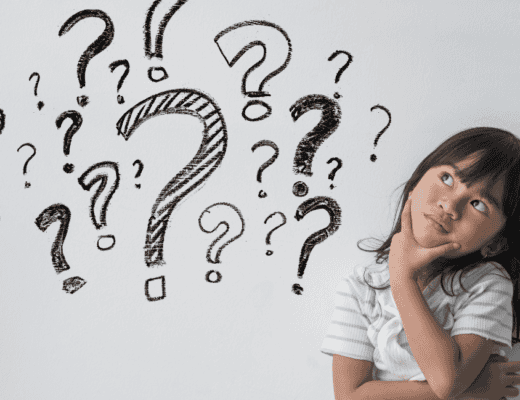
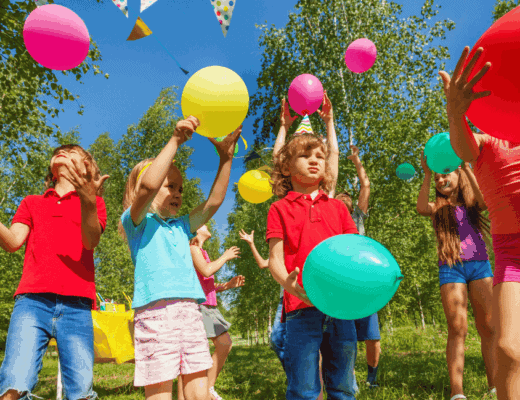
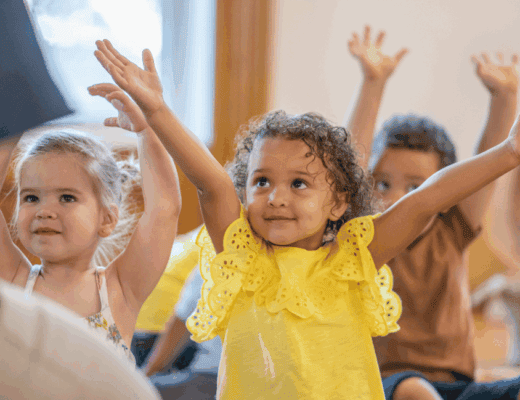
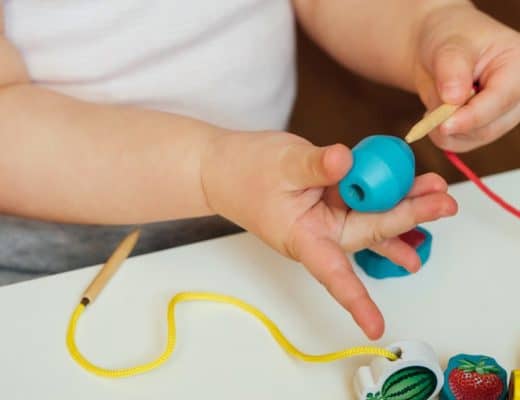

No Comments